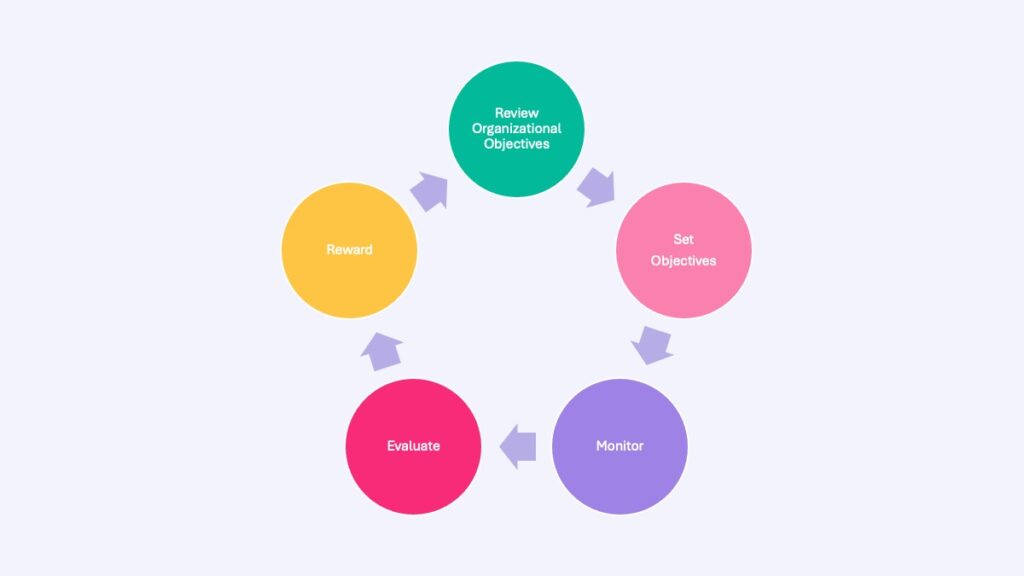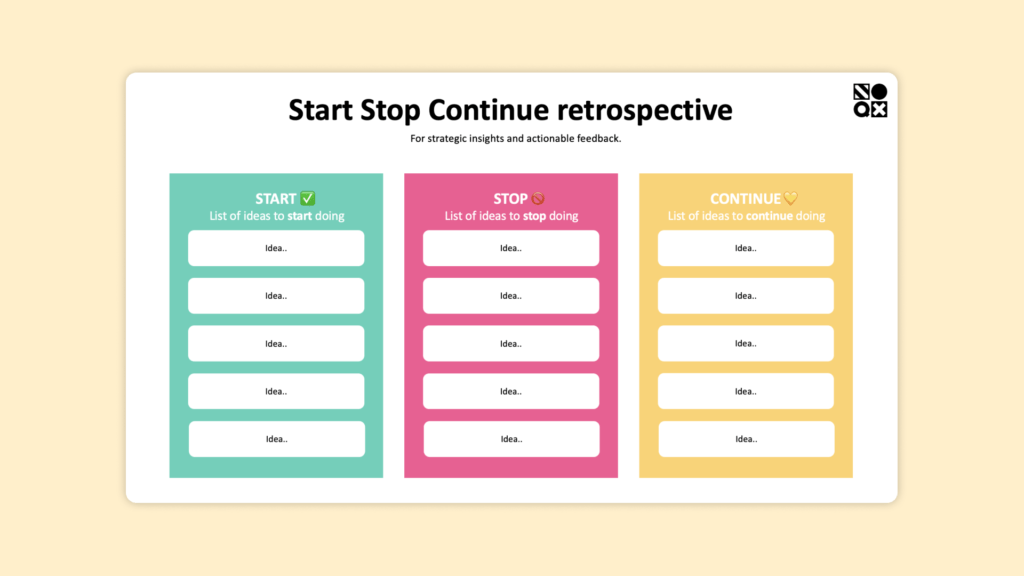In the latest episode of the #KommuniceraMera podcast, Sophie Hedestad hosts Ling Koay, Chief of Brand at Oneflow. During the conversation, Ling takes us on her inspiring journey, from moving from Malaysia to Sweden to landing her current role as Chief of Brand at Oneflow. Oneflow is a leading SaaS company revolutionizing contract management and has excelled in building its brand. In this episode, they delve into what sets a SaaS company apart and the measurable KPIs that determine brand strength.
What comes to mind when you hear “communicate more”?
Maya Angelou, a well-known American author, once said, “I’ve learned that people will forget what you said, people will forget what you did, but people will never forget how you made them feel.” This quote underscores the importance of creating emotions in others, the emotional aspect of communication.
We often discuss the significance of first impressions and how they’re formed within seconds. Are there individuals with whom you simply don’t have chemistry?
I believe it all depends on the energy we radiate and whether the other person receives it. When your energy doesn’t seem to be reciprocated, you feel that the chemistry is lacking.
Tell us about yourself and your journey to your current role!
I’m a mother of two daughters and have worked in marketing for 22 years. Originally from Malaysia, I’ve been living in Sweden for 22 years. I started my own advertising agency and have continued working in marketing ever since. Six years ago, I joined Oneflow, where I was the only person in the marketing department at the time. Today, we have 23 people in the marketing department, and we have a new Chief Marketing Officer (CMO) at Oneflow. That’s why I’ve chosen to focus on branding because it’s what I excel at.
How do you set goals, and what pivotal steps have you taken in your career?
It’s essential to have goals in life, and my goal has always been to learn as much as possible about marketing and use that knowledge to positively influence culture and business. I’ve never thought I had to stay in a specific country or speak a language I didn’t grow up with. My goals are more about making a lasting impact and creating growth within companies through marketing.
My seven-year-old daughter recently asked me why we’re here in the world and if there’s a purpose to it. I find it a challenging question, and the answer is even more challenging. I believe we’re here to seek answers to such questions. By being aware and open to exploring these questions, we can learn and gain experiences and knowledge that we wouldn’t have otherwise. So, I’m here to seek answers to why I’m here in life.
Why did you choose marketing?
I was drawn to the creative side of marketing. I love creating and selling, so I wanted to combine these two aspects to achieve results.
Can you tell us a bit about Oneflow? What do you do, and what problem do you solve?
Oneflow is a contract management tool with built-in e-signing. Even though digital signing is well-known, many customers often forget what happens before and after the actual signing. What sets Oneflow apart is our ability to help customers create, send, and negotiate contracts within the platform, eliminating the need to switch between Word documents or Google Docs. After the signing, we handle secure storage automatically, saving users from worrying about where the agreement ends up. The entire contract management process, from start to finish, is integrated within the same platform. Additionally, we have integrations with other CRM and HR systems to use existing company data when creating contracts.
How do you package a B2B SaaS in an inspiring way?
Developing this on our own is challenging, but we’ve conducted several customer surveys. What really stands out is that our customers feel that Oneflow provides them with creative freedom. When we delve deeper to understand why, it’s because they don’t want to engage in tedious and time-consuming manual work. Instead, they want to use Oneflow to be more creative and solve problems innovatively, rather than wasting time inputting data and manually managing contracts.
Many of our customers have truly experienced this creative freedom through using Oneflow. It’s an exciting discovery, and that’s why we’ve chosen to call our journey “From Friction to Flow.” We want to help our users shift from manual work to the flexibility they desire.
Oneflow’s brand stands out from other B2B SaaS companies; how have you achieved this?
We are very proud of our brand, and the entire Oneflow team is part of it. We chose to focus on the feeling we want to convey to our users when they use Oneflow. Our inspiration doesn’t come directly from Oneflow but from our customers. Every time we work on our brand, we conduct surveys and interviews with our customers to understand the values they derive from Oneflow. It’s not just about time savings and faster contract closures, even though that’s essential. It’s also about users feeling they have more time for creativity, innovation, and real problem-solving because they no longer have to spend time on administrative tasks. Our brand reflects the benefits and values that our customers experience. We’ve also allowed our employees and customers to influence the development of our brand. The elegance and energy you see in our brand are a reflection of our customers’ and employees’ experiences and desires.
You underwent a rebranding process two years ago; what did that process look like? The project took nine months and was conducted entirely during the pandemic. It was a journey that began with insights from our customers and employees. We realized we needed to improve our brand because it’s what captures attention and helps us in both marketing and sales. That’s why we decided to invest in it. The entire journey, from the initial survey to the final result, took nine months and involved many meetings and efforts.
How do you measure the impact of a brand?
Measuring the brand and the effects of investments is always challenging because it affects different departments in various ways. We see that our ads can become more cost-effective, and we receive positive feedback from candidates who want to work with us because of our fantastic brand. Salespeople making cold calls have also heard of Oneflow before, thanks to our brand. This was recently confirmed when I met a HR manager in Stockholm who asked if we had a strong brand and what we actually do. It’s good evidence that the brand works in different situations. I think when considering cost-effectiveness, you can see that investments in the brand actually yield results. Furthermore, campaigns become cheaper over time because the brand performs well.
Many people have strong opinions about the role of a marketer; why do you think that is?
I believe marketing and brands influence all of us, whether we are consumers, parents, or work in sales and as suppliers. It serves as a form of communication, impacting how we buy and sell. We are influenced by one another, and there are numerous views on why we choose one brand over another. Sometimes, these experiences lead us to believe we are experts due to reflecting on our own purchasing decisions.
When you measure Oneflow’s brand, what are your primary focus areas?
We closely monitor “related searches” to understand how many people are searching for Oneflow before visiting our website. We also track industry-related searches to gauge the interest in Oneflow compared to our competitors. This is a gradual change over time. We also assess how quickly we can close deals and how our brand impact affects both the top and bottom line. Also we examine our “inbound” rate to see if it’s increasing over time. We also investigate how people first heard about Oneflow, whether through social media, Google, or recommendations from friends. Additionally, we conduct ongoing brand copying.
How do you effectively communicate goals with various timeframes – yearly, quarterly, monthly, and weekly – to ensure clarity for employees and the management team?
We utilize a tool to effectively measure the entire customer journey, from awareness to activation and monetization. We evaluate our goals on a monthly and quarterly basis, as well as annually. Some goals are monitored biweekly. Regarding branding, it often takes longer, perhaps a quarter or more, before we see clear results. We meticulously track trends and document what influenced our results each month and quarter. Setting goals, even when uncertain initially, is crucial. You can adjust them as you become more aware of the measurement’s impact on overarching objectives.
To create clarity and engagement, it’s important to follow a strong structure. It appears you have a good structure with yearly and quarterly OKRs. In the realm of branding, it often involves strategic work, but to achieve goals and results, you must also excel in execution.
Balancing vision and execution is crucial in marketing. How do you strategically manage this, especially when it comes to enhancing brand visibility, creating content, and ranking well in search results?
We have clear goals at various levels within our organization. At the company and department levels, we have overarching goals spanning the year and the quarters. On an individual level, I know how much I can contribute during this quarter to work toward our company’s overarching goals. We maintain balance by working with goals at all levels, providing clarity and direction.
Is everyone on board with this journey? Is everyone included or do they feel included?
When it comes to goal-setting, I believe it’s crucial to observe the results of one’s work and how it affects the established goals. Often, this requires a deep dive into the details, particularly in marketing.
To engage employees in the work of our brand, it’s essential to involve them from the outset. Hence, we regularly conduct surveys and consider their insights as we build our brand. We ensure that all new employees receive an introduction to our brand, helping them understand how they can contribute to strengthening it. This way, we establish connections between their daily work and the company’s overarching goals.




